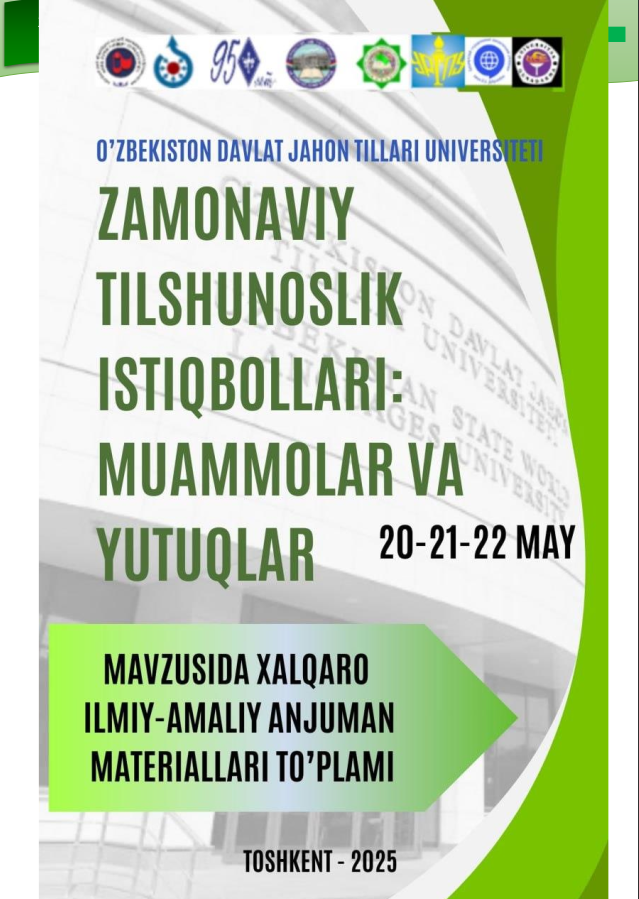THE PROS AND CONS OF USING AUTHENTIC MATERIALS IN ACCORDANCE WITH COMMUNICATIVE LANGUAGE PRINCIPLES
https://doi.org/10.5281/zenodo.15590384
Kalit so‘zlar
authentic materials, real-world texts, language acquisition, learner motivation, classroom practice, input exposure, cultural awarenessAnnotasiya
This article examines the benefits and drawbacks of using authentic materials in English language classrooms, particularly within the framework of Communicative Language Teaching (CLT). It emphasizes how real-life texts such as newspaper articles, videos, and podcasts can increase learner motivation, promote cultural understanding, and improve communicative competence. At the same time, the article addresses key challenges including complexity for lower-level learners, time-consuming preparation for teachers, and misalignment with standard curricula. Practical solutions and recommendations are offered to help language educators integrate authentic content effectively and meaningfully into their lessons.
Foydalanilgan adabiyotlar ro‘yhati
Gilmore, A. (2007). Authentic materials and authenticity in foreign language learning. Language Teaching, 40(2), 97–118. https://doi.org/10.1017/S0261444807004144
Richards, J. C. (2006). Communicative Language Teaching Today. Cambridge University Press.
Nunan, D. (2004). Task-Based Language Teaching. Cambridge University Press.
Peacock, M. (1997). The effect of authentic materials on the motivation of EFL learners. ELT Journal, 51(2), 144–156. https://doi.org/10.1093/elt/51.2.144
Mishan, F. (2005). Designing Authenticity into Language Learning Materials. Intellect Books.
Widdowson, H. G. (1990). Aspects of Language Teaching. Oxford University Press.

